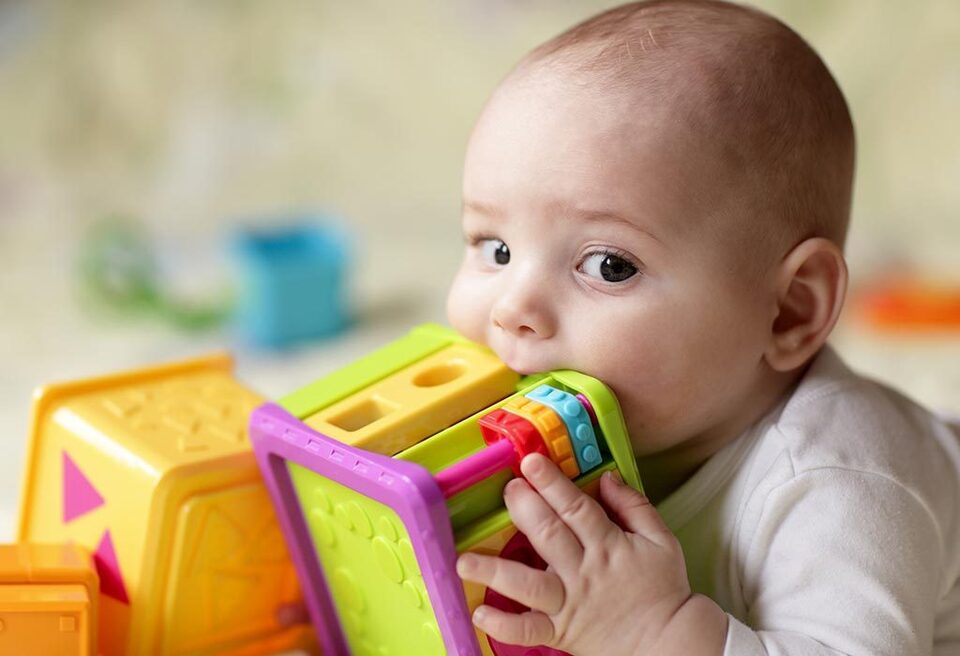|
|
|
|
|
Helping people with breathing disorders since 2001 |
|
| 20 Arthur Street, Freemans Bay, Auckland 1011, New Zealand | Phone +64 9 360 6291 | Email info@buteykobreathing.nz Download our leaflets [PDFs]: Do you suffer from asthma or allergies? » Do you snore or suffer from sleep apnoea? »
PRIVACY POLICY Site design © e-compass.nz 2015 |



 It is widely accepted that children with enlarged adenoids or tonsils tend to be habitual ‘mouth-breathers’. However, contrary to popular thinking, habitual open-mouth breathing may in fact be the reason the adenoids and tonsils become enlarged in the first place. Once enlarged, nose breathing becomes even more difficult. Affected children develop a habitual mouth-breathing habit and this can result in craniofacial changes, including narrowing of the airway, leading to chronic nasal congestion and other upper airway disorders. The key to resolving this problem is in recognising that the mouth-breathing habit comes first. So, correcting the underlying dysfunctional breathing pattern is the first step to consider in reducing adenoids and making breathing easier.
It is widely accepted that children with enlarged adenoids or tonsils tend to be habitual ‘mouth-breathers’. However, contrary to popular thinking, habitual open-mouth breathing may in fact be the reason the adenoids and tonsils become enlarged in the first place. Once enlarged, nose breathing becomes even more difficult. Affected children develop a habitual mouth-breathing habit and this can result in craniofacial changes, including narrowing of the airway, leading to chronic nasal congestion and other upper airway disorders. The key to resolving this problem is in recognising that the mouth-breathing habit comes first. So, correcting the underlying dysfunctional breathing pattern is the first step to consider in reducing adenoids and making breathing easier.

